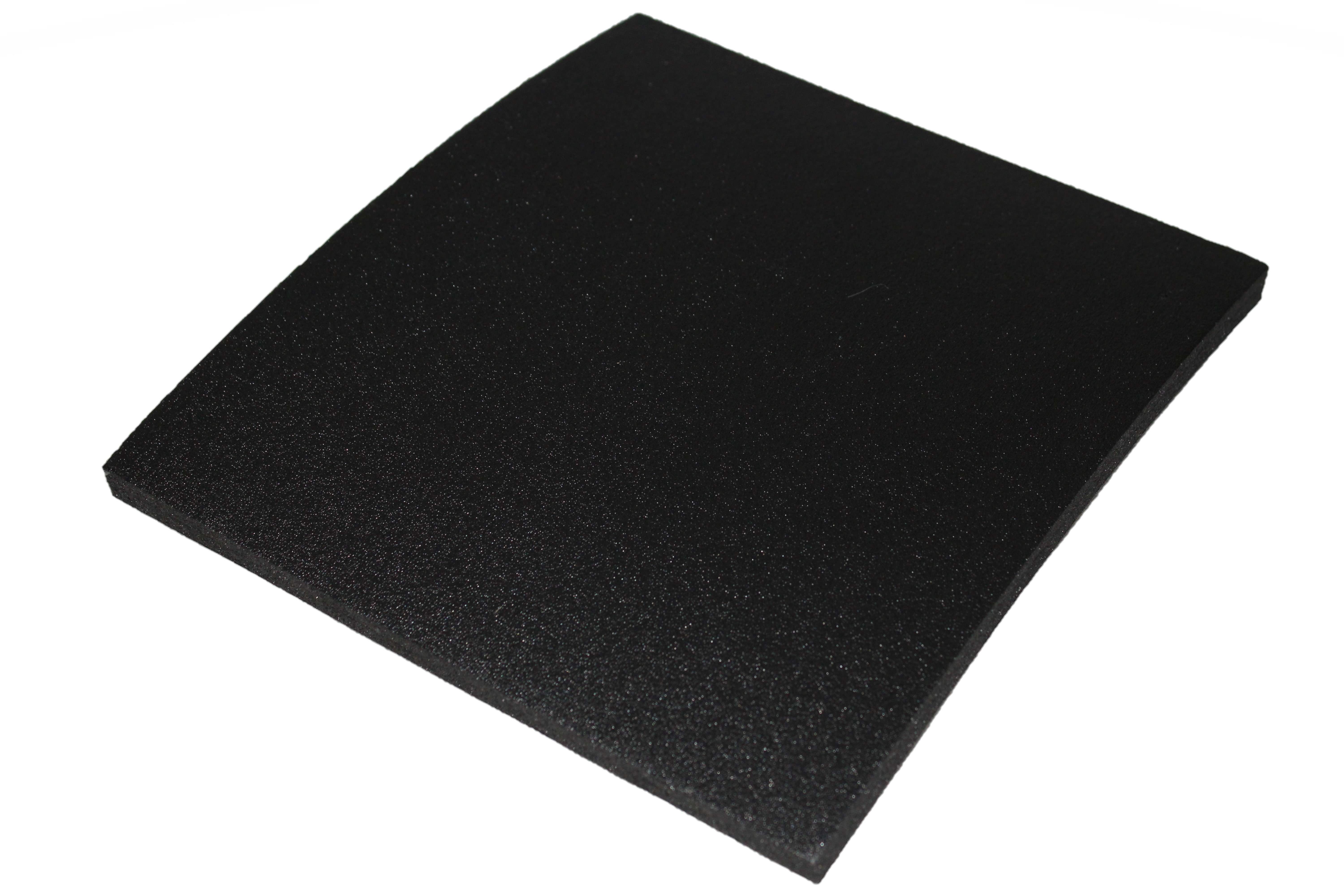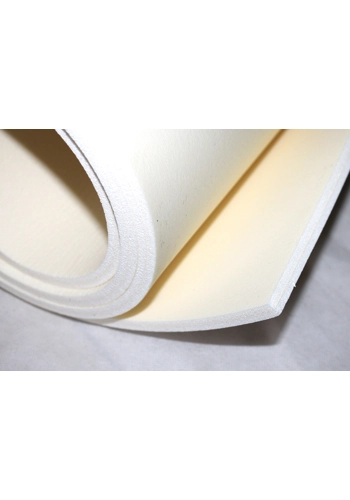Foam Blog

Closed Cell or Open Cell Foam - Their Uses & Properties
Wednesday, May 22, 2024
Posted by Foam Supplier
Closed Cell or Open Cell Foam - Their Uses & Properties.
Foam materials, particularly closed cell and open cell foams, are widely used in various applications due to their unique properties. Here's an overview of both types, their properties, and common uses:

Closed Cell Foam
Properties:
1. Structure: Contains cells that are completely closed and packed (usually tightly) together. The cells are not interconnected, creating a denser and more rigid structure.
2. Density: Generally higher density than open cell foam, making it more robust and durable, with the exception of PE foam Insulation materials which can be as light as open cell foam type products.
3. Water Resistance: Excellent water resistance due to the closed cells, which prevent water from penetrating the foam.
4. Insulation: Superior thermal insulation properties because the trapped gases within the cells minimize heat transfer. This varies upon density mix and chemical composition.
5. Strength: More resistant to compression and deformation, providing greater structural integrity.
6. Buoyancy: High buoyancy due to the encapsulated air, making many closed cell foam products ideal for flotation devices.

Uses:
1. Insulation: Used in building insulation panels, pipe insulation, and roofing materials due to certain closed cell foam's thermal resistance.
2. Packaging: Closed cell foam can protect delicate items during shipping because of its shock-absorbing qualities.
3. Marine Applications: Used in life jackets, buoyancy aids, and dock floats because it does not absorb water.
4. Sporting Goods: Found in helmets, knee pads, and other protective gear due to its impact resistance.
5. Soundproofing: Applied in soundproofing applications where moisture resistance is needed.
Open Cell Foam
Properties:
1. Structure: Contains cells that are open and interconnected, creating a softer, more flexible, and spongy texture.
2. Density: Generally open cell foam's density is lower than closed cell foam, resulting in lighter and more pliable material.
3. Air Permeability: Allows air and moisture to pass through, making the open cell foam breathable.
4. Insulation: Provides good sound absorption and moderate thermal insulation.
5. Cost: Typically less expensive due to lower material density and production costs, with the exception of Class 0 variants as they are impregnated with high concerntrations of flame retardant chemicals.

Uses:
1. Soundproofing: Commonly used in acoustic panels, studio foam, and other sound absorption applications due to its ability to trap sound waves.
2. Cushioning: Used in furniture, mattresses, and pillows for its soft, comfortable, and supportive properties.
3. Packaging: Employed for lightweight cushioning and padding materials where water resistance is not a concern.
4. Filtration: Utilised in air filters, water filters, and other filtration systems where the open cell structure allows fluid flow.
5. Insulation: Applied in certain building applications where breathability is desired, such as wall cavities.
Comparative Summary
Closed Cell Foam: Dense, rigid, water-resistant, excellent thermal insulation, high strength, and buoyancy. Best for applications requiring durability, water resistance, and structural support.
Open Cell Foam: Soft, flexible, breathable, good sound absorption, and cost-effective. Ideal for cushioning, soundproofing, and applications where air permeability is beneficial.
Each type of foam has distinct advantages and is chosen based on the specific requirements of the application. Understanding these properties helps in selecting the appropriate foam for various industrial, commercial, and consumer uses.
Optional, for replies

Thursday, February 13, 2025
Foam Supplier - Foam Insulation Supplier Materials Online - We Supply The Public
Foam Supplier - Foam Insulation Supplier Materials Online - We Supply The Public We supply foam insulation materials and with 25 years experience designing foam parts and materials we are confident we have the right products to suit your needs. We stock various foam products including PE, PVC Nitrile, PUR and Neoprene. From upholstery foam materials to high quality heat management foam products we specialise in foam materials to suit a range of applications including home, business and commercia

Thursday, January 30, 2025
Van Insulation Guide - All Made Simple with your Van Insulation Supplier - Sound Insulations Ltd
Van Insulation Guide - All Made Simple with your Van Insulation Supplier - Sound Insulations Ltd Preparing to insulate your van? Look no further for your comprehensive guide from your van insulation supplier - Sound Insulations Ltd With over 25 years industry experience insulating cars and vans we have a broad range of acoustic and thermal insulation products for insulating your van. Here you will find a no-nonsense guide to insulating a van against hot/cold temperatures and noise. We hope you e

Tuesday, January 21, 2025
How to Insulate a Car to Make it Quiet - Expert Knowledge - A-Z with Sound Insulations Ltd
How to Insulate a Car to Make it Quiet - Expert Knowledge - A-Z with Sound Insulations Ltd On this page you will find free insulation advice for insulating classic cars, SUV's and individual components all made easy with expert advice from industry professionals. Where to begin when insulating a car? Many clients ask us this when starting a car insulation project! We believe that knowledge gathering is the first port of call for understanding how and when to start your car insulation project (he




